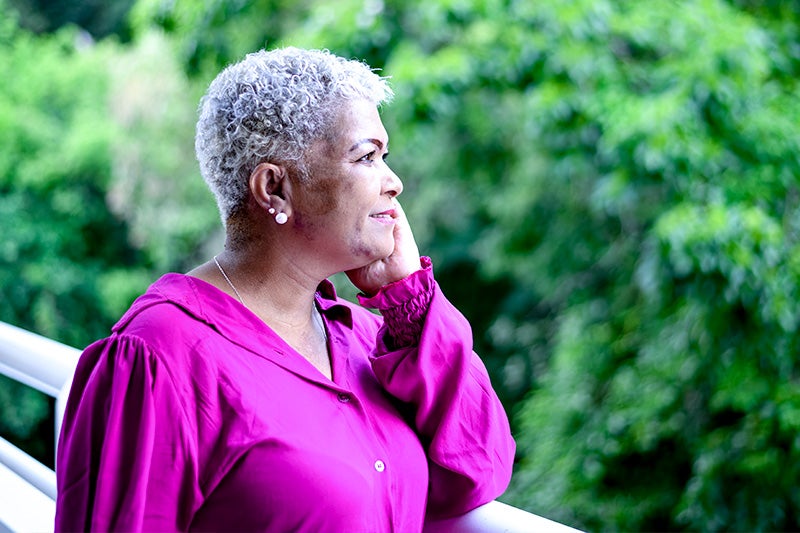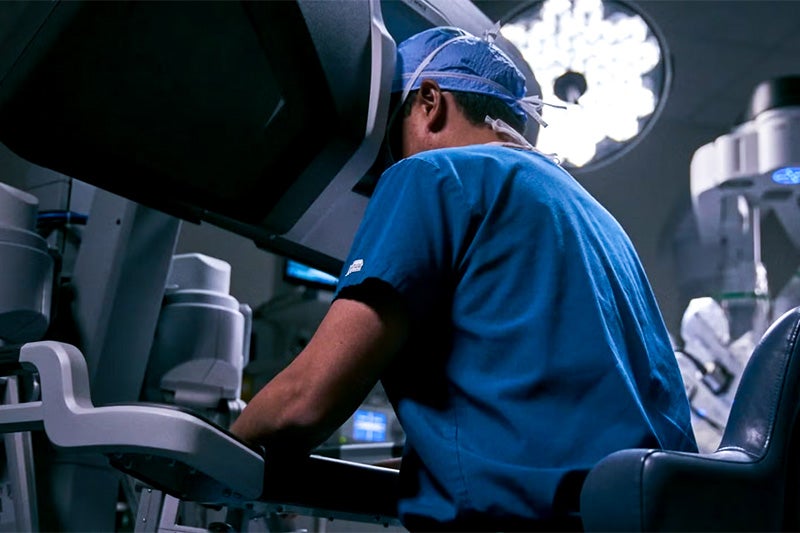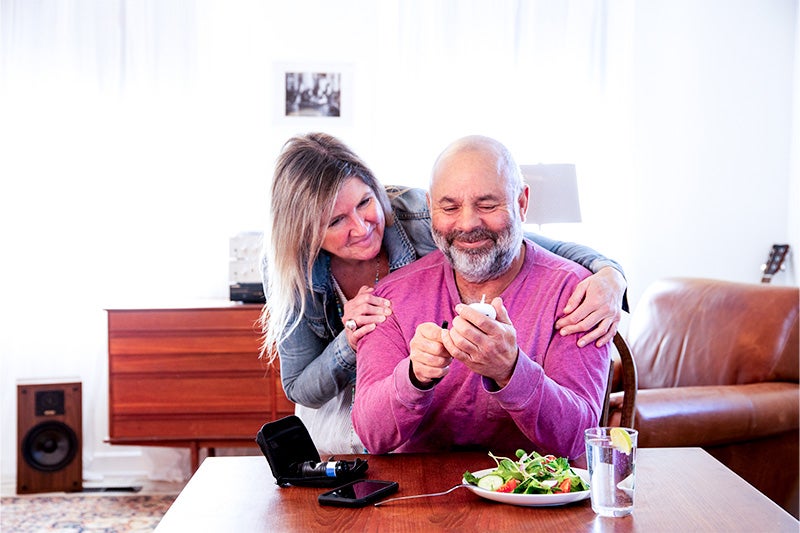Understanding Strokes: What They Are and How They Happen
June 2, 2025Categories: Heart Health
Tags: Stroke
A stroke happens suddenly, but its effects can last a lifetime. At St. Mary’s Health Care System, we believe understanding what a stroke is—and how to recognize the signs—can make all the difference. Whether you're concerned about your own health or looking out for a loved one, this guide will help you feel more informed and empowered.
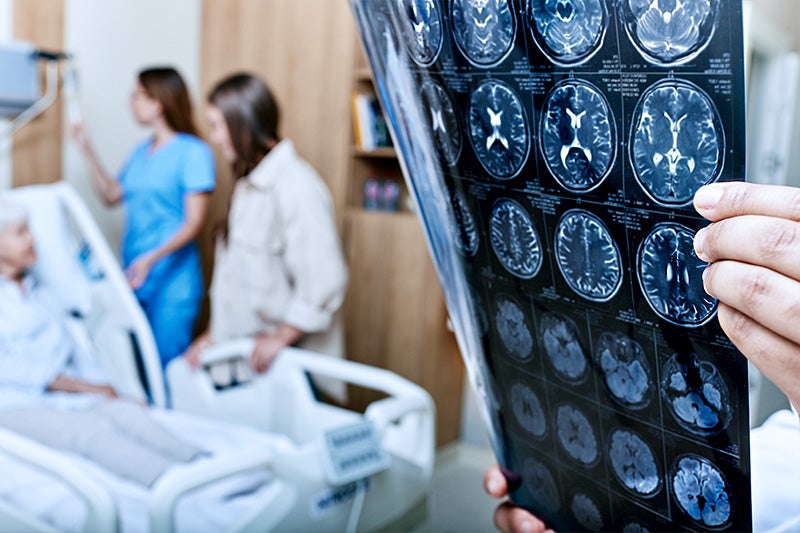
What Is a Stroke?
A stroke occurs when the blood supply to part of the brain is interrupted or reduced, preventing brain tissue from getting the oxygen and nutrients it needs. When brain cells are deprived of oxygen, they begin to die within minutes. That’s why every second counts regarding recognizing and responding to a stroke.
The Three Main Types of Stroke
There are three primary types of strokes, and understanding the differences can help you better understand both the risks and the treatments.
How Strokes Affect the Body
The effects of a stroke depend on the part of the brain affected and how quickly treatment is received. A stroke can impact:
- Movement and coordination
- Speech and language
- Vision
- Memory and cognition
- Emotional health
Some people may experience only minor issues, while others may face long-term disabilities. Rehabilitation, such as physical, occupational, or speech therapy, can help many stroke survivors regain independence and improve their quality of life.
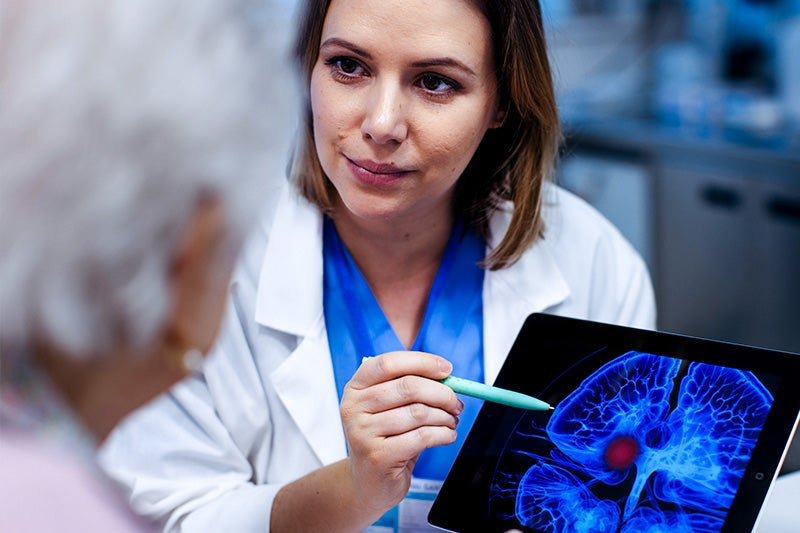
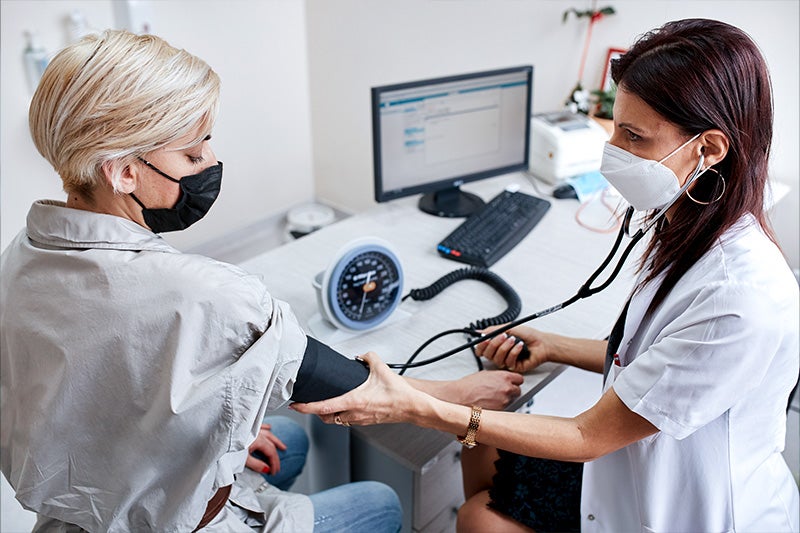
Rapid treatment is essential
Clot-busting medication can dissolve many blood clots that cause ischemic strokes, in some cases fully restoring function. For clots that are too big to dissolve quickly, St. Mary’s Hospital also provides mechanical thrombectomy, a minimally invasive surgical procedure that can remove clots from large blood vessels, reducing the risk of death and disability.
With any stroke, the key is fast treatment. In a stroke, up to 2 million brain cells die each minute, so the faster treatment begins, the more brain cells can be saved.
Recognizing the Sudden Signs of Stroke: Think B.E.F.A.S.T.
When it comes to stroke, acting quickly can save a life. Remember that symptoms appear suddenly. Use the acronym B.E.F.A.S.T:
- Balance: Is the person having trouble with coordination or walking?
- Eyes: Is vision blurry or disturbed? Do the eyes track normally?
- Face: Is one side of the face drooping?
- Arms: Can the person raise both arms? If so, does one drift downward?
- Speech: Is speech slurred or hard to understand?
- Time: If you see any of these signs, call 911 immediately.

You’re Not Alone
At St. Mary’s, we’re here to support patients and families through stroke prevention, emergency care, recovery, rehabilitation, and support groups. We’re proud to be a Thrombectomy-Capable Primary Stroke Center, offering comprehensive, compassionate care every step of the way.
If you have concerns about stroke risk or are recovering from a stroke, talk to your primary care provider or schedule an appointment with one of our specialists. Early intervention and ongoing care can truly make a difference.

